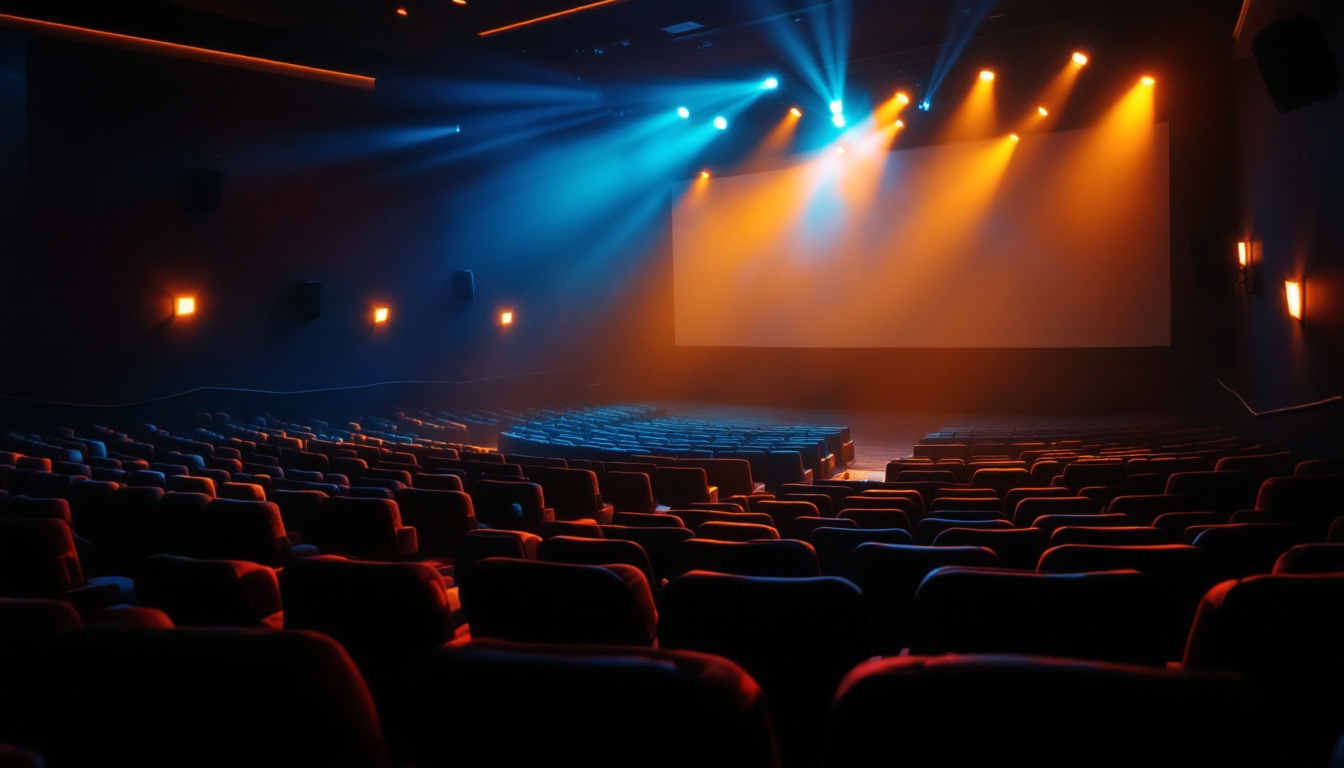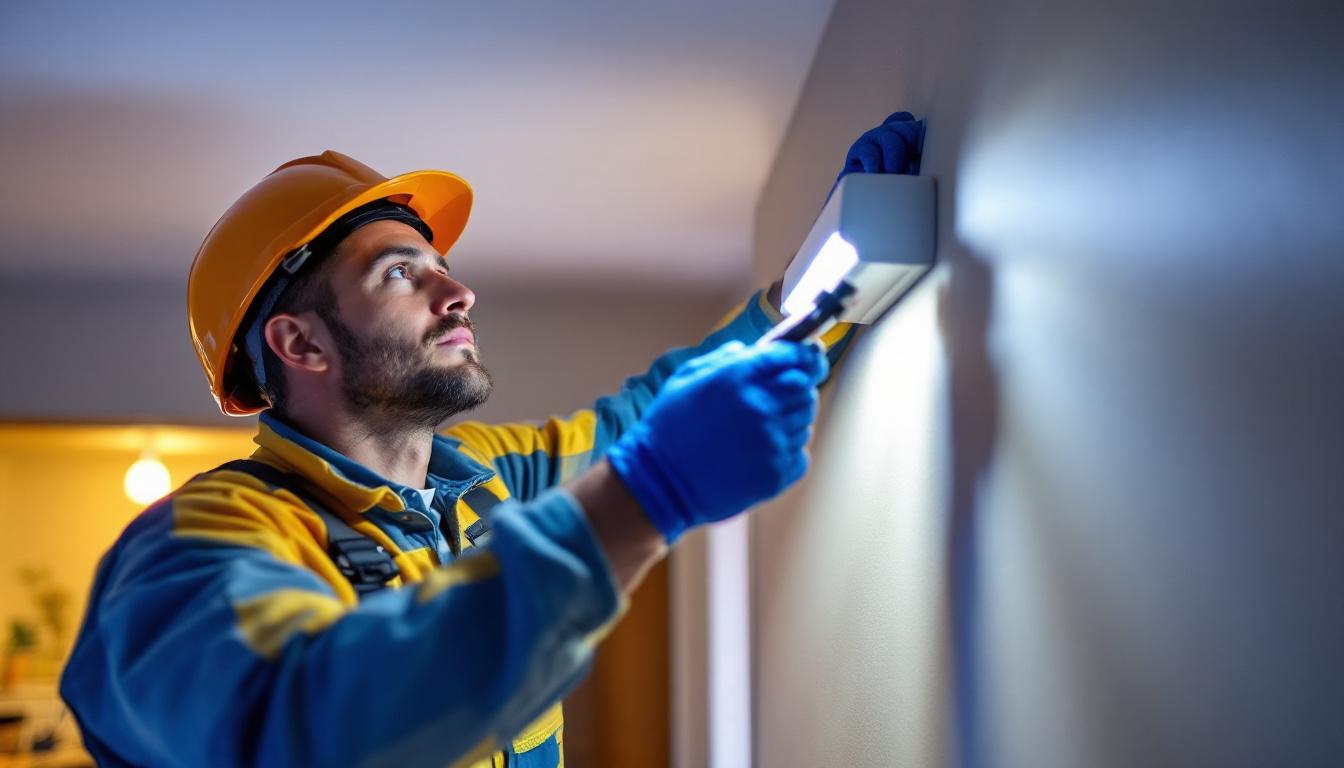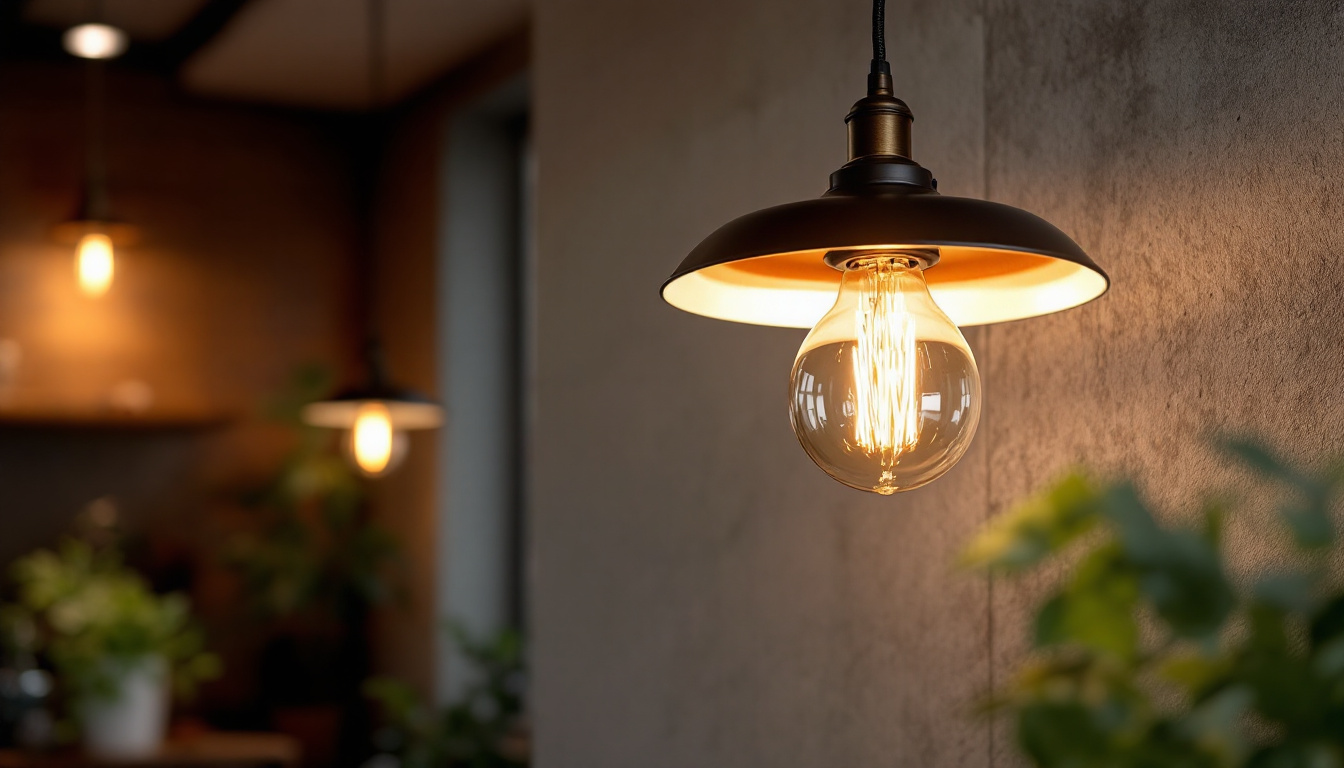
Lighting plays a crucial role in enhancing the cinematic experience, and for lighting contractors, understanding the nuances of movie theater lights is essential. This article delves into the various types of lighting used in movie theaters, the tools necessary for their installation and maintenance, and the latest trends in theater lighting design.
Movie theater lighting is not merely about illumination; it is about creating an atmosphere that enhances the storytelling experience. the right lighting can evoke emotions, guide the audience’s focus, and set the overall tone of the film. For lighting contractors, having a deep understanding of the different types of lights used in theaters is vital.
There are several types of lighting fixtures commonly used in movie theaters, each serving a specific purpose. The primary categories include ambient lighting, task lighting, and accent lighting.
Ambient lighting provides the general illumination required for the entire theater. It ensures that patrons can navigate the space safely, especially in the darkened environment of a screening. Task lighting, on the other hand, is utilized in specific areas such as concession stands and restrooms, ensuring that these spaces are adequately lit for functionality.
Accent lighting is employed to highlight particular features of the theater, such as architectural details or promotional displays. This type of lighting adds depth and interest to the overall aesthetic, making the theater more inviting and engaging. The careful placement of accent lights can also create focal points that draw the audience’s attention to key areas, enhancing their overall experience.
Some of the most commonly used fixtures in movie theaters include LED panels, spotlights, and wall sconces. LED panels are favored for their energy efficiency and versatility, allowing for various color temperatures and dimming capabilities. Spotlights are essential for highlighting specific areas or features, while wall sconces can contribute to the ambient lighting and overall decor.
In addition to traditional lighting fixtures, modern theaters are increasingly incorporating smart lighting technology. This allows for dynamic lighting changes that can be synchronized with the film or adjusted based on audience feedback. Such technology can transform a simple scene into a breathtaking visual experience, as lighting shifts to match the emotional beats of the narrative. Moreover, the integration of programmable lighting systems enables theaters to create unique atmospheres for special events, such as premieres or themed screenings, further enhancing the audience’s engagement.
Furthermore, the choice of color temperature in theater lighting plays a crucial role in setting the mood. Warmer tones can create a cozy, intimate setting, while cooler tones might evoke a more futuristic or clinical atmosphere. The interplay of these colors can significantly influence how viewers perceive the film, making it essential for lighting designers to collaborate closely with filmmakers to achieve the desired effect. As technology advances, the possibilities for innovative lighting solutions continue to expand, offering exciting opportunities for enhancing the cinematic experience.
For lighting contractors, having the right tools is crucial for the successful installation and maintenance of theater lighting systems. A well-equipped contractor can ensure that the lighting not only meets safety standards but also enhances the audience’s experience. The right tools can also streamline the workflow, allowing for quicker installations and repairs, which is particularly important in the fast-paced environment of theater production.
When it comes to installing lighting fixtures in a movie theater, several essential tools are required. First and foremost, a reliable ladder is necessary for reaching high ceilings and installing overhead lights. Additionally, a drill with various bits is vital for securing fixtures and making necessary adjustments. The use of a laser level can also be beneficial, as it ensures that lights are installed at the correct angles and heights, providing a more professional finish and optimal lighting effects.
Wire strippers and electrical tape are also indispensable for connecting fixtures to the electrical system safely. Furthermore, having a multimeter on hand allows contractors to test voltage and ensure that all connections are secure and functioning properly. In addition, a cable management tool can help organize and secure wiring, preventing tangles and potential hazards that could arise during performances. This attention to detail not only enhances safety but also contributes to the overall aesthetic of the theater space.
Once the lighting system is installed, ongoing maintenance is essential to keep everything running smoothly. A cleaning kit specifically designed for lighting fixtures can help maintain optimal performance. This may include microfiber cloths, gentle cleaning solutions, and brushes to remove dust and debris. Regular cleaning not only improves the quality of light emitted but also extends the lifespan of the fixtures, making it a worthwhile investment for any contractor.
In addition, having a stock of replacement bulbs and fuses is crucial. Given the high usage of theater lights, being prepared with spare parts can minimize downtime and ensure that the theater remains operational without interruptions. Moreover, a troubleshooting toolkit, which might include items like a circuit tester and spare connectors, can be invaluable for quickly diagnosing and resolving issues that may arise during performances. This proactive approach to maintenance not only enhances the reliability of the lighting system but also contributes to the overall success of the productions being staged.
As technology continues to evolve, so too do the trends in lighting design for movie theaters. Staying abreast of these trends is important for lighting contractors who want to offer cutting-edge solutions to their clients.
One of the most significant trends in recent years is the adoption of smart lighting systems. These systems allow for greater control over lighting settings, enabling contractors to create tailored environments for different films and events. Through the use of apps or centralized control systems, theater operators can adjust brightness, color, and even the timing of lighting changes.
This level of customization enhances the audience experience, allowing for immersive environments that align with the film’s mood and theme. For lighting contractors, understanding how to integrate these systems into existing setups is becoming increasingly important. Furthermore, the incorporation of sensors and automation can lead to a more responsive lighting design, where lights can adjust based on audience size or even the time of day, ensuring that energy is used efficiently without sacrificing ambiance.
With growing awareness of environmental issues, many theaters are prioritizing energy-efficient lighting solutions. LED technology is at the forefront of this movement, offering significant energy savings compared to traditional incandescent bulbs.
Contractors should be knowledgeable about the latest LED products and their installation requirements. Additionally, understanding how to design lighting systems that minimize energy consumption while maximizing effectiveness is a valuable skill in today’s market. Beyond just LEDs, the trend is also shifting towards the use of solar-powered lighting and other renewable energy sources, which can significantly reduce a theater’s carbon footprint. The integration of these sustainable practices not only appeals to eco-conscious audiences but also positions theaters as responsible members of their communities, potentially attracting a broader customer base.
While working in the movie theater lighting sector can be rewarding, it also comes with its unique set of challenges. Understanding these challenges can help contractors prepare and adapt their approaches effectively.
Movie theaters often feature intricate architectural designs that can complicate lighting installations. High ceilings, unique shapes, and varying materials can all pose challenges when determining the best placement and type of lighting fixtures.
Contractors must be skilled in assessing these environments and devising creative solutions that meet both aesthetic and functional requirements. This may involve custom mounts, specialized fixtures, or innovative wiring solutions. Additionally, the need for precise lighting angles to avoid glare on screens or to highlight architectural features adds another layer of complexity. The use of 3D modeling software can assist in visualizing the lighting design before installation, allowing contractors to anticipate potential issues and make necessary adjustments.
As theaters increasingly adopt advanced technologies, lighting contractors must stay updated on the latest products and systems. This includes understanding how to integrate lighting with sound systems, projection equipment, and even audience engagement technologies.
Training and continuous education in the latest trends and tools are essential for contractors to remain competitive. Attending industry conferences, workshops, and online courses can provide valuable insights and skills. Furthermore, the rise of smart lighting systems that can be controlled via mobile devices or automated systems requires contractors to not only be proficient in traditional lighting techniques but also in the realm of software and network integration. This dual expertise enables them to offer comprehensive solutions that enhance the overall cinematic experience, ensuring that every element from the visuals to the ambiance is perfectly synchronized.
Lighting is a fundamental aspect of the movie theater experience, and for lighting contractors, mastering the tools and techniques associated with theater lighting is essential. From understanding different types of fixtures to staying updated on the latest design trends, contractors must be well-equipped to meet the demands of this dynamic industry.
By investing in the right tools and continuously expanding their knowledge, lighting contractors can ensure that they provide exceptional service and contribute to creating memorable cinematic experiences for audiences. The future of movie theater lighting is bright, and those who embrace innovation and excellence will undoubtedly thrive in this exciting field.
Ready to elevate your lighting game and deliver unforgettable cinematic experiences? Look no further than LumenWholesale for all your movie theater lighting needs. Our extensive selection of spec-grade lighting products is designed to meet the highest industry standards, ensuring you get the most reliable and high-performance lighting for your projects. With unbeatable wholesale prices and the convenience of free shipping on bulk orders, you can trust LumenWholesale to provide premium lighting solutions at the best value. Don’t let inflated markups dim your vision—choose the perfect blend of quality, affordability, and convenience. Wholesale Lighting at the Best Value is just a click away.

Discover the transformative impact of LED light movement sensors in modern lighting projects.

Discover inspiring real-world success stories of lighting contractors who transformed spaces with hanging lighting fixtures.

Discover how Trac Lights are revolutionizing lighting design and installation with their versatility, energy efficiency, and sleek aesthetics.

Discover the essentials of outside LED lights with our comprehensive guide tailored for lighting contractors.